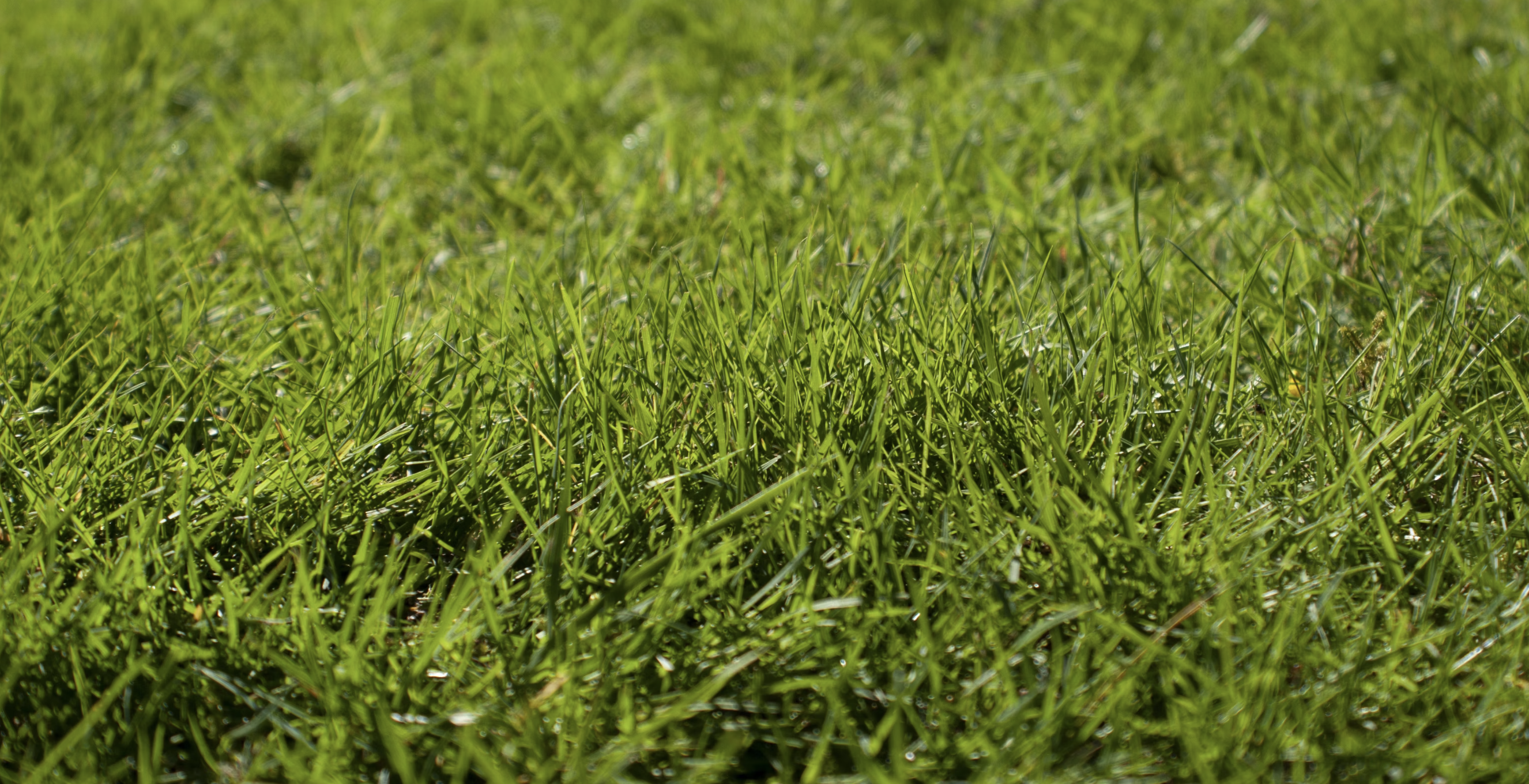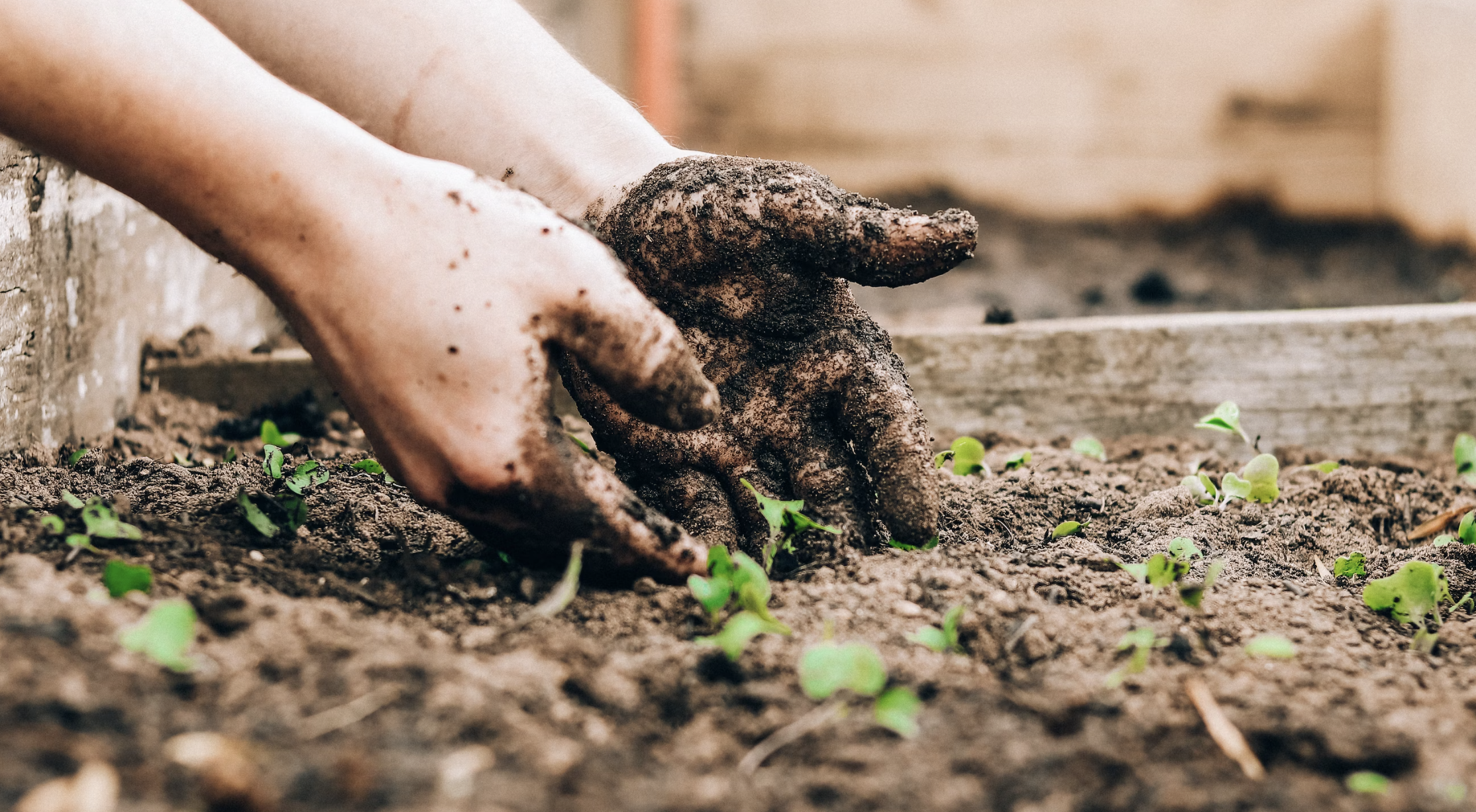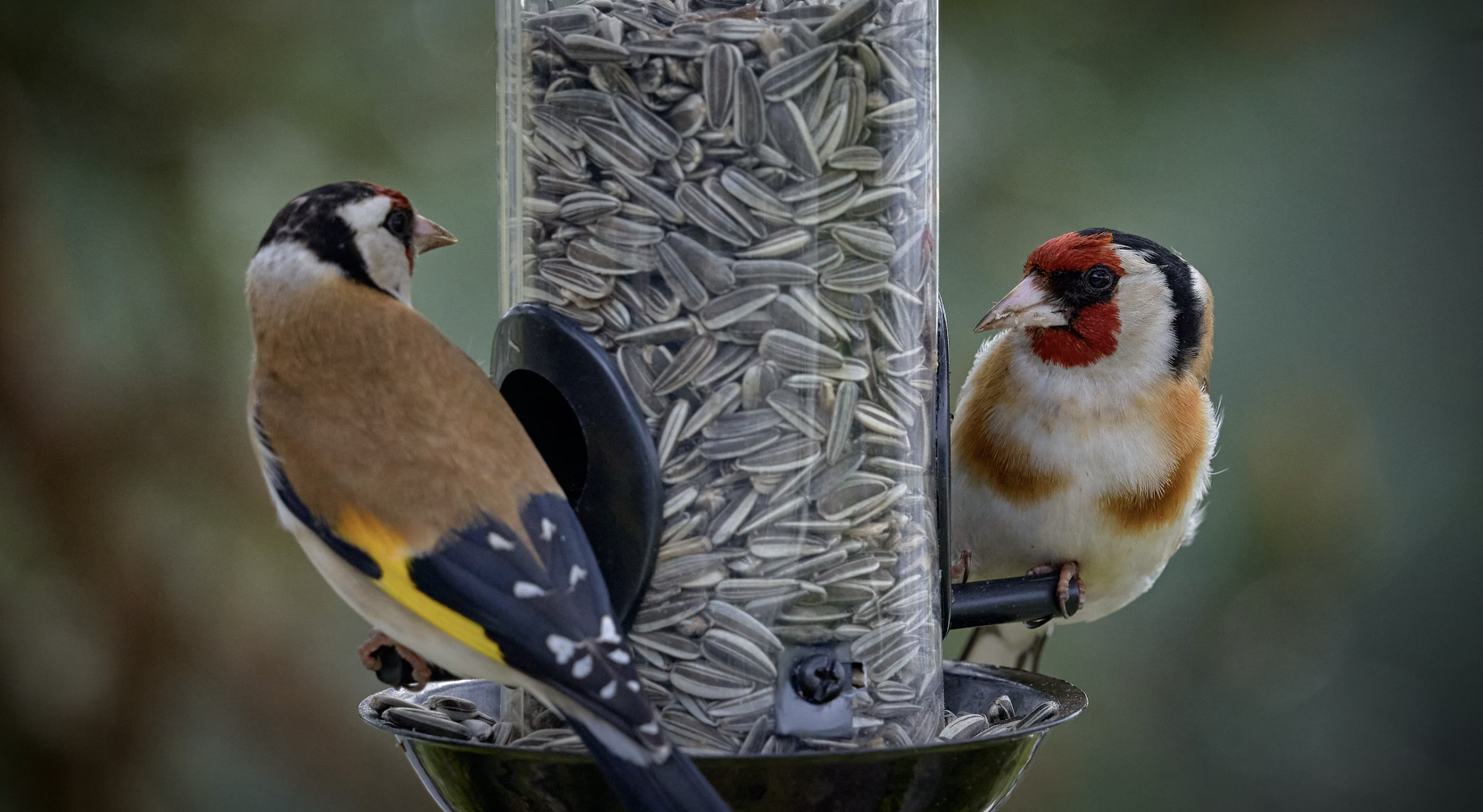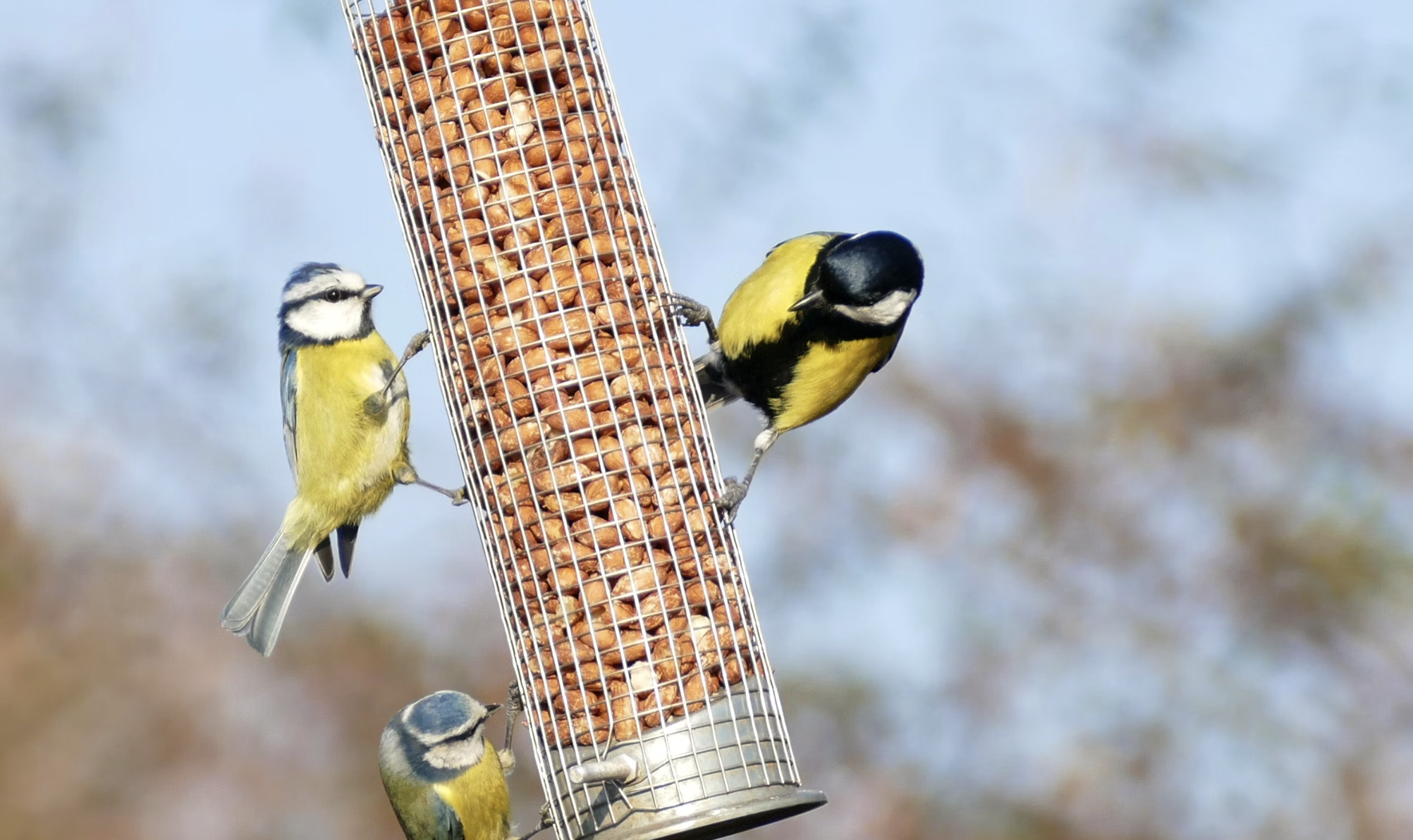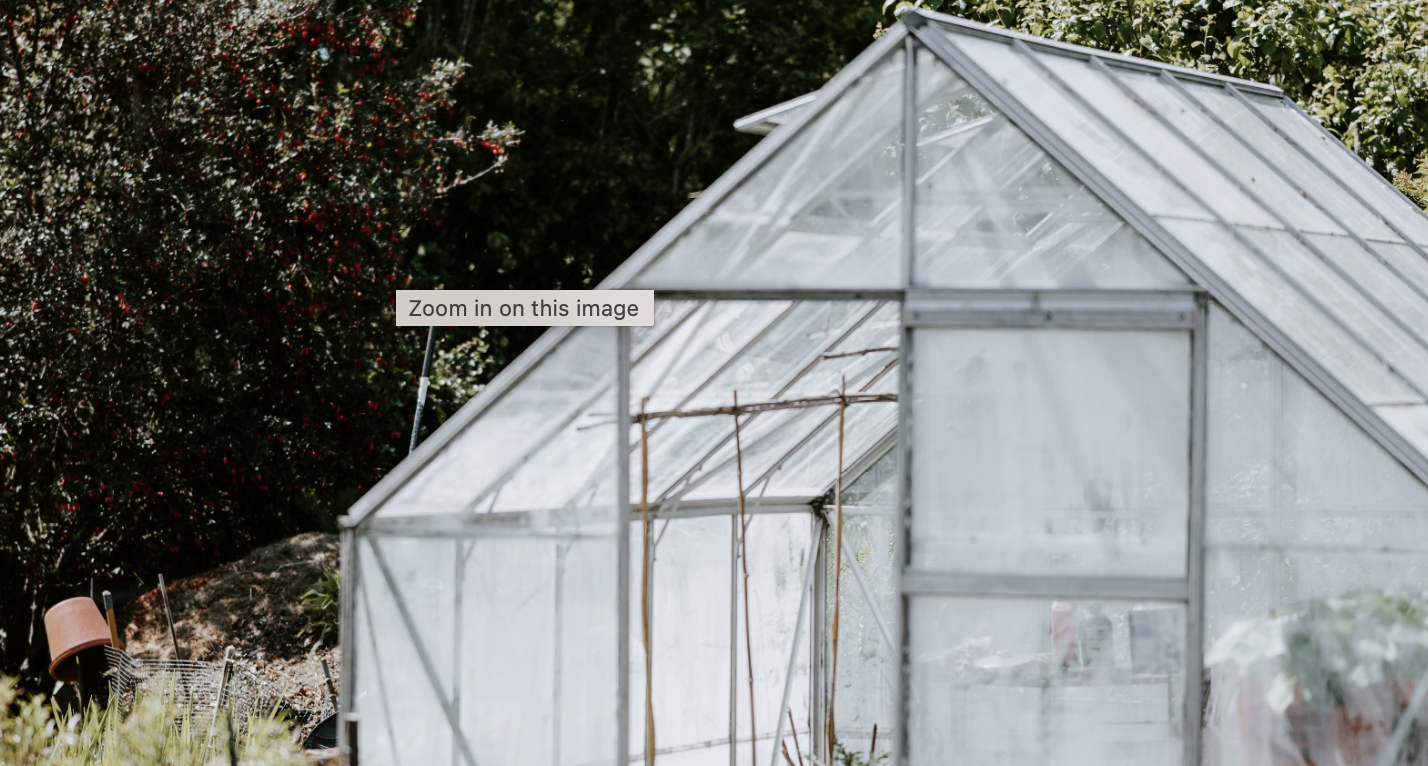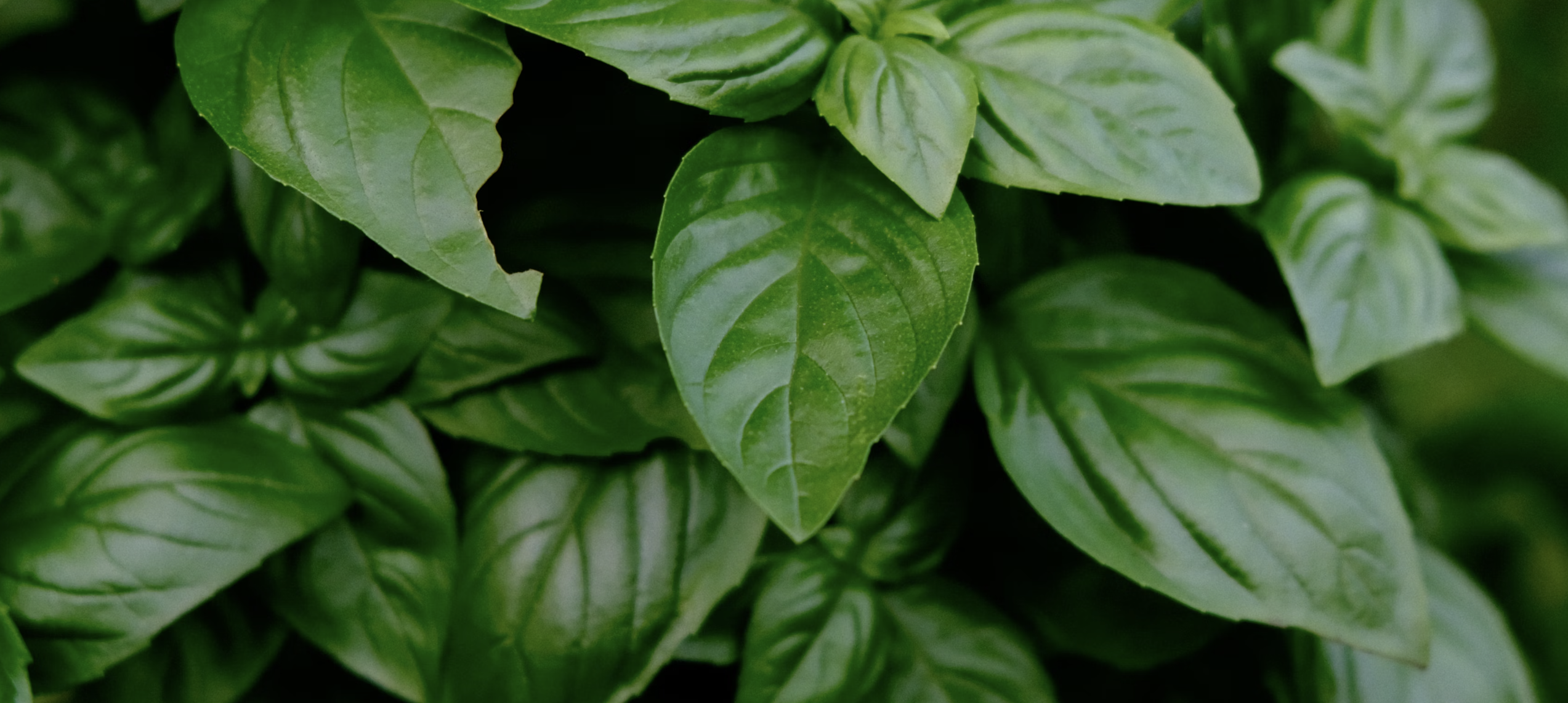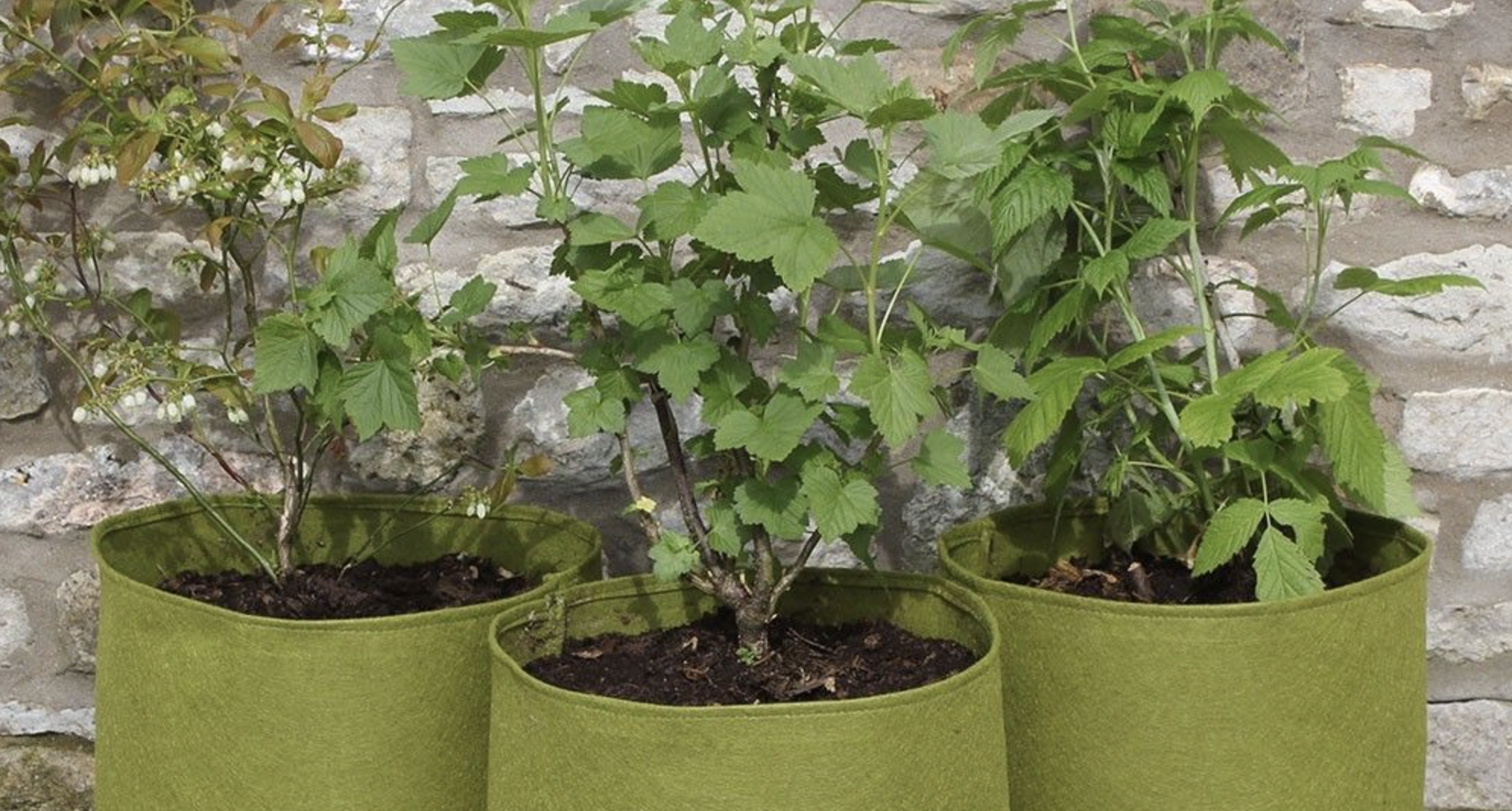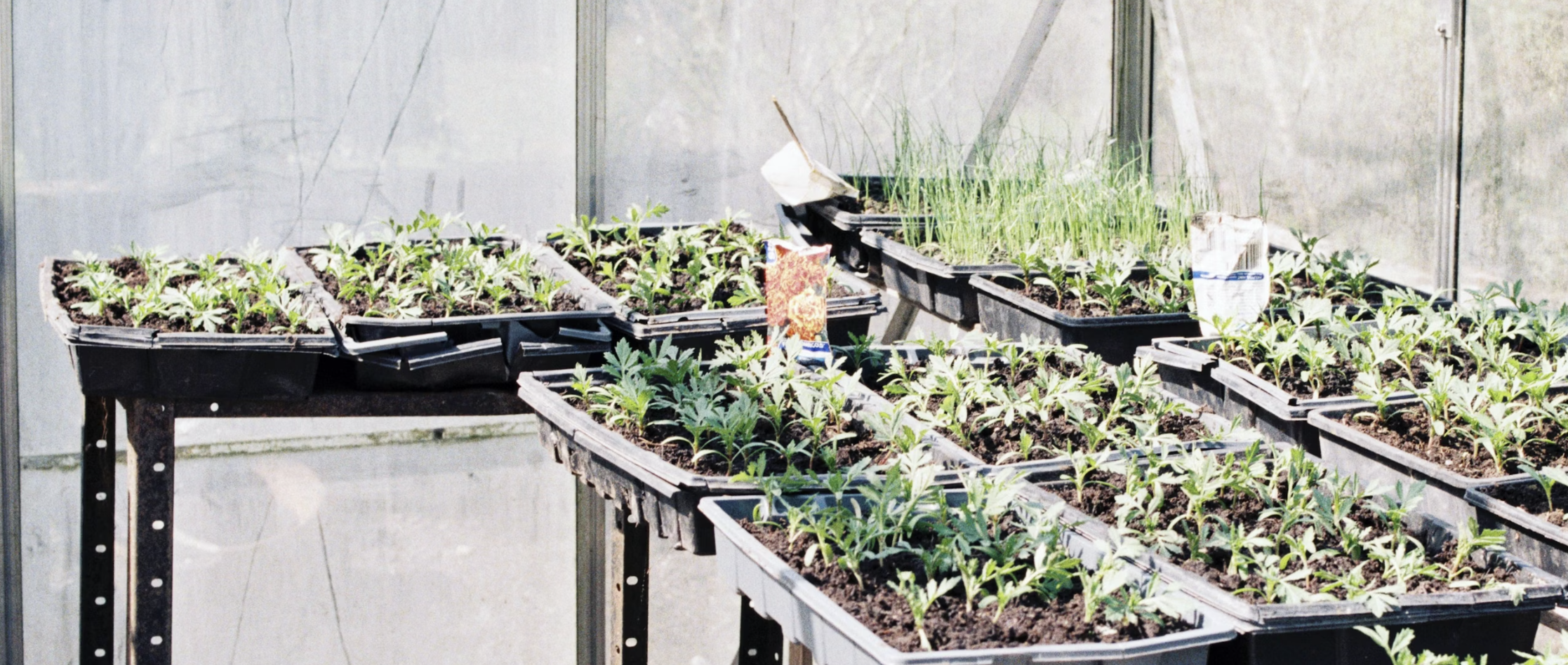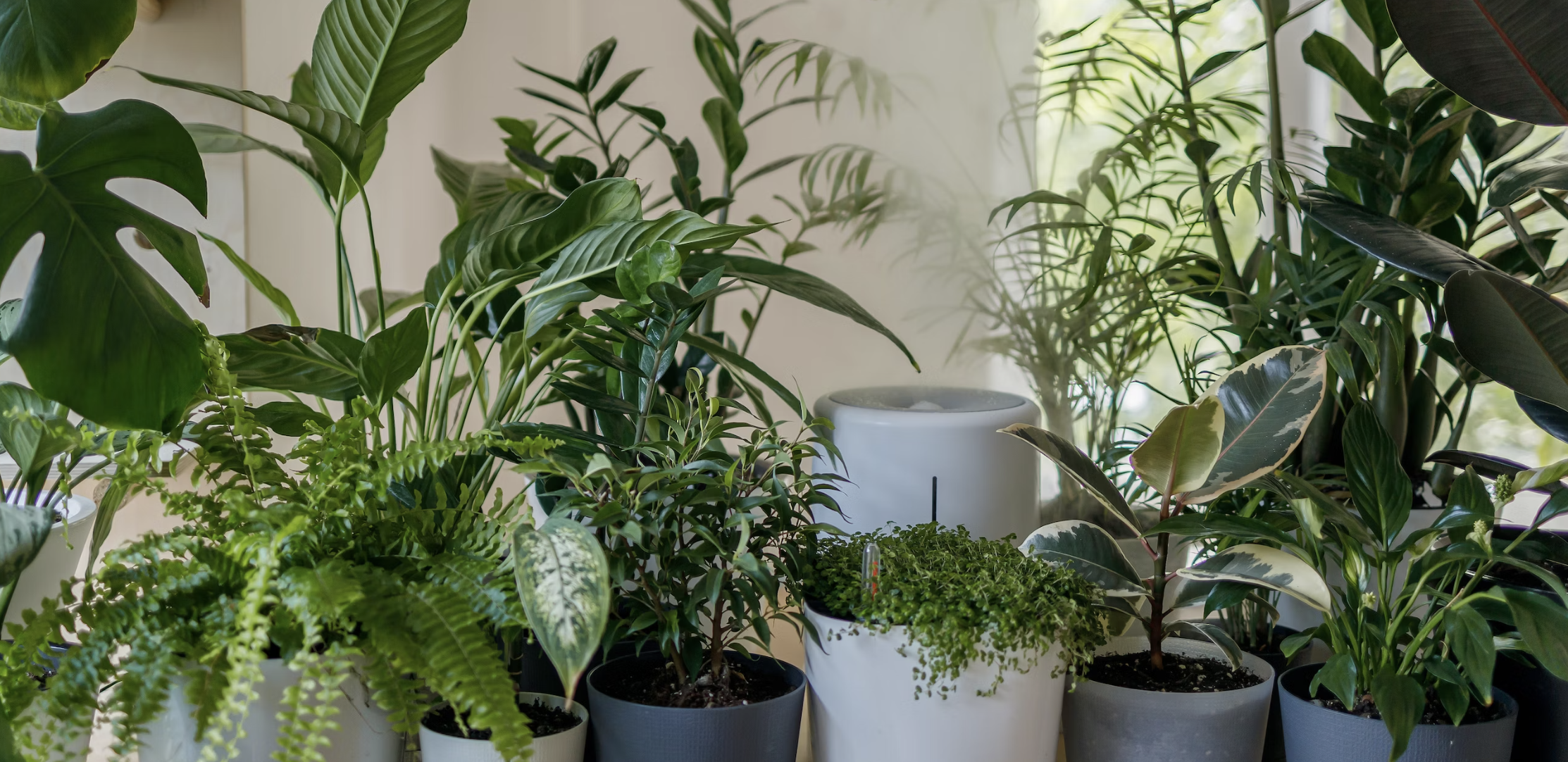
Are you a passionate gardener looking to take your gardening skills to the next level? If so, then you already know the importance of providing proper support to your plants. In this article, we'll delve into why plant supports are essential for every gardener and provide you with valuable tips to help you choose the right ones.
When plants grow tall and produce heavy fruit or flowers, they often need support to prevent them from bending, breaking, or falling over. That's where plant supports come in. These indispensable tools provide the necessary stability and structure for your plants to thrive. From trellises and cages to stakes and wire frames, there are countless options available to suit different types of plants and garden designs.
Choosing the right plant supports can be overwhelming, but don't worry! We've got you covered. We'll discuss factors like material, height, durability, and aesthetic appeal to help you make an informed decision.
So whether you're growing tomatoes, roses, or climbing vines, understanding the importance of plant supports and choosing the right ones will ensure your garden flourishes and your plants grow strong and healthy. Let's get started!
The importance of plant supports in gardening
When plants grow tall and produce heavy fruit or flowers, they often need support to prevent them from bending, breaking, or falling over. That's where plant supports come in. These indispensable tools provide the necessary stability and structure for your plants to thrive.
Plant supports offer numerous benefits to both the gardener and the plants themselves. Firstly, they help maintain the overall health and appearance of your garden. By keeping your plants upright, plant supports ensure that they receive adequate sunlight, water, and nutrients. They also promote better air circulation, which reduces the risk of fungal diseases.
Secondly, plant supports contribute to increased yields and better quality produce. When plants are properly supported, they can divert their energy towards fruit or flower production instead of using it to prop themselves up. This results in stronger, healthier plants that are more resistant to pests and diseases.
Benefits of using plant supports
Now that we understand the importance of plant supports, let's explore the different types available. The choice of plant supports largely depends on the type of plants and the overall garden design. Here are some common types:
1. Trellises - Trellises are ideal for climbing plants such as tomatoes, cucumbers, and beans. They provide a vertical structure for these plants to grow, saving space and making harvesting easier.
2. Cages - Cages are commonly used for plants that tend to sprawl or have heavy fruits, such as tomatoes and peppers. They offer 360-degree support, preventing the plants from bending or breaking under the weight.
3. Stakes - Stakes are versatile and can be used for a wide range of plants, including flowers, shrubs, and small trees. They provide support by anchoring the plants to the ground and preventing them from leaning or falling over.
4. Wire frames - Wire frames are often used for delicate plants that require gentle support, such as roses and climbing vines. They offer a flexible structure that allows the plants to grow and intertwine while maintaining stability.
Types of plant supports
Choosing the right plant supports can be overwhelming, but considering a few key factors will help you make an informed decision:
1. Material - Plant supports can be made of various materials, including wood, metal, and plastic. Each material has its pros and cons in terms of durability, aesthetics, and cost. Consider the specific needs of your plants and the overall style of your garden when selecting the material.
2. Height - Different plants have different height requirements. Ensure that the plant supports you choose are tall enough to accommodate the growth of your plants throughout the season.
3. Durability - Plant supports should be able to withstand the weight of your plants and any adverse weather conditions. Look for sturdy and well-built supports that will last for multiple seasons.
4. Aesthetic Appeal - Plant supports can also enhance the visual appeal of your garden. Consider the style and theme of your garden and choose supports that complement the overall design.
Factors to consider when choosing plant supports
Different types of plants have specific support needs. Here are some recommendations for choosing the right plant supports for common garden plants:
1. Tomatoes - Tomato cages or stakes are ideal for supporting tomato plants. Cages provide 360-degree support, while stakes provide vertical support.
2. Roses - Wire frames or trellises are suitable for climbing roses. They allow the roses to grow and climb while maintaining an elegant structure.
3. Climbing Vines - Trellises or arbor supports are perfect for climbing vines such as morning glories and clematis. These supports provide vertical structure and allow the vines to flourish.
4. Peppers - Cage supports work well for pepper plants as they prevent the heavy fruits from drooping or breaking the branches.
Choosing the right plant supports for different types of plants
Proper installation of plant supports is crucial to ensure their effectiveness. Here are some steps to follow:
1. Prepare the soil - Before installing the plant supports, ensure that the soil is well-prepared. Remove any weeds or debris and loosen the soil to allow for easy insertion of the supports.
2. Position the supports - Place the supports around the plants, ensuring they are firmly anchored in the ground. For trellises or wire frames, position them against a wall or fence for added stability.
3. Secure the plants - Gently tie the plants to the supports using soft twine or plant ties. Avoid tying them too tightly, as this can restrict growth or damage the stems.
4. Check for stability - After installing the supports, give them a gentle shake to ensure they are secure. Make any necessary adjustments or reinforce the supports if needed.
How to install plant supports effectively
To maximize the lifespan of your plant supports and keep them in good condition, regular maintenance is essential. Here are some maintenance tips:
1. Clean regularly - Remove any debris or plant residue from the supports to prevent the buildup of pests or diseases.
2. Inspect for damage - Regularly inspect the supports for any signs of wear or damage. Replace any broken or weakened supports promptly.
3. Store properly - If you remove the supports during the off-season, store them in a dry and protected area to prevent rust or degradation.
Maintenance and care for plant supports
Plant supports can be used in creative ways to add visual interest and versatility to your garden. Here are some ideas:
1. Vertical gardens - Use trellises or wire frames to create stunning vertical gardens, perfect for small spaces or to add a unique focal point.
2. Garden arches - Install arched supports covered with climbing plants to create picturesque garden entrances or walkways.
3. Espaliered fruit trees - Train fruit trees to grow against a wall or fence using wire frames or trellises. This technique not only saves space but also creates a beautiful display of fruit-laden branches.
Creative ways to use plant supports in the garden
While plant supports are incredibly useful, there are some common mistakes that gardeners should avoid:
1. Using inadequate supports - Choosing supports that are too flimsy or short can lead to plant damage or collapse. Always consider the specific needs of your plants and choose supports accordingly.
2. Tying too tightly - Avoid tying plants too tightly to the supports, as this can constrict growth or damage the stems. Use soft twine or plant ties and allow room for the plants to expand.
3. Neglecting maintenance - Regularly inspect and clean the supports to prevent pests, diseases, and deterioration. Neglecting maintenance can shorten the lifespan of the supports and compromise their effectiveness.
Common mistakes to avoid when using plant supports
In conclusion, plant supports are essential for every gardener who wants to take their gardening skills to the next level. They provide stability, structure, and numerous benefits to both the plants and the gardener. By choosing the right plant supports and installing them effectively, you can ensure that your garden flourishes and your plants grow strong and healthy.
Remember to consider factors like material, height, durability, and aesthetic appeal when choosing plant supports. Tailor your selection to the specific needs of your plants and the overall design of your garden. With proper installation, regular maintenance, and creative use, plant supports can elevate your gardening experience and help you achieve stunning results. Happy gardening!




